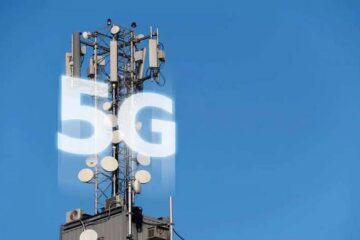Decline in Second SIM Usage Signals Market Adjustment

In April, the Indian telecom market witnessed a seemingly paradoxical phenomenon: a significant drop of 7.5 million subscribers. However, this decline primarily reflects the deactivation of second SIMs rather than a mass exodus from essential telecom services.
Voluntary or Forced Deactivations?
The exact nature of these deactivations remains ambiguous. Top players like Airtel and Reliance Jio have been proactively discontinuing services for non-paying users, prompting them to subscribe to active plans. Failure to comply has resulted in disconnection. Additionally, rising tariffs, with increases of 20-25% by all major telcos, have rendered second SIMs financially burdensome for cost-conscious Indian consumers.
Market Dynamics Amid Tariff Hikes
Despite the apparent contraction, Airtel and Jio collectively gained 2.5 million subscribers in April, indicating a consolidation trend. Interestingly, every telecom operator, including BSNL, experienced a decline in active subscribers, an uncommon occurrence. This shift contrasts sharply with the preceding months, where Indian telcos collectively added 21 million active subscribers.
House Cleaning Before 5G Auctions
The reduction of non-paying subscribers aligns with the impending 5G spectrum auctions. Telcos are streamlining operations, shedding deadweight to optimize resources for the upcoming auctions.
Evolution of Second SIM Usage
The prevalence of second SIMs surged around 2010 amid a proliferation of telecom providers and attractive offers. Initially sought for data packages and coverage, second SIMs strained telecom companies’ revenues due to decreased average revenue per user (ARPU).
Vodafone Idea’s Struggles
Vodafone Idea continues to grapple with subscriber loss, shedding 1.5 million subscribers in April alone, amounting to nearly 23 million over the past year. However, despite these challenges, active subscribers across all operators remain robust, with over a billion subscribers maintaining active plans.












